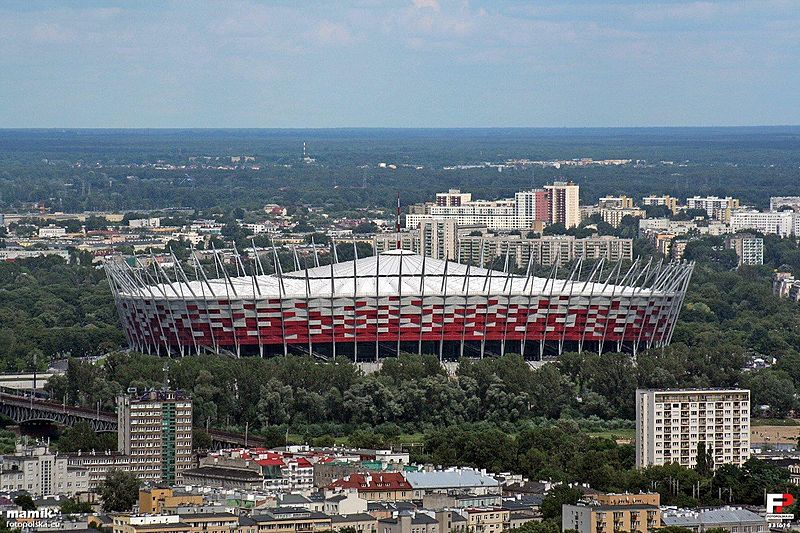
As is the case with so many countries outside of the United States of America, football is by far the most popular sport played in Poland. It is believed that around 400,000 Poles play football on a regular basis, with millions more taking to kicking a ball about on a more informal basis. There are hundreds of clubs in Poland of both an amateur and a professional status, split into various leagues of different levels.
Interestingly, the history of football in Poland is actually intertwined with the history of football in Austria, seeing as though the Polish state was partitioned when football was gaining popularity in the latter part of the 19th century. Two men are usually credited with the development of the game in Polan; Prof. Henryk Jordan opened a sports park in 1888 where football was played, whilst Dr. Edmund Cenar was believed to have brought the first football into the country and to have translated the Cambridge Rules into Polish.
Introduction to Polish Football
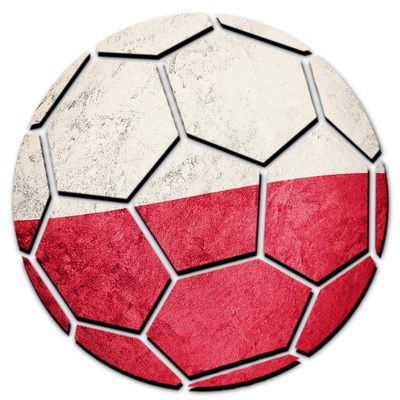 Internationally Poland were late bloomers. The Polish Football Federation wasn’t formed until December of 1919 and the country didn’t witness its first international match until almost exactly two years later when they lost 1-0 to Hungary. It would take another five months before they could notch up a win, coming when they beat Sweden 2-1 in Stockholm in May of 1922. Fifteen years later and they qualified for their first ever FIFA World Cup by beating Yugoslavia 5-0 on aggregate to ensure their participation in the 1938 competition in France.
Internationally Poland were late bloomers. The Polish Football Federation wasn’t formed until December of 1919 and the country didn’t witness its first international match until almost exactly two years later when they lost 1-0 to Hungary. It would take another five months before they could notch up a win, coming when they beat Sweden 2-1 in Stockholm in May of 1922. Fifteen years later and they qualified for their first ever FIFA World Cup by beating Yugoslavia 5-0 on aggregate to ensure their participation in the 1938 competition in France.
They failed at the first hurdle of that World Cup and wouldn’t qualify for another one for 36 years, though they didn’t even enter in 1950 or 1954. When they did get back into the World Cup, however, their fortunes improved no end. They finished third in 1974 and repeated that trick eight years later. In 1986 they made it to the last sixteen, but then failed to qualify again from 1990 until 2002. They didn’t have much better luck in the UEFA European Championships, qualifying for the competition for the first time in 2008.
Here we’ll tell you a little bit of information about how the league system works in Poland, some more about the history of football in the country as well as improve your knowledge of the national side further. First, though, we’ll have a look at the types of stadiums you’d come across if you went to watch some football being played in Poland.
Polish Stadiums
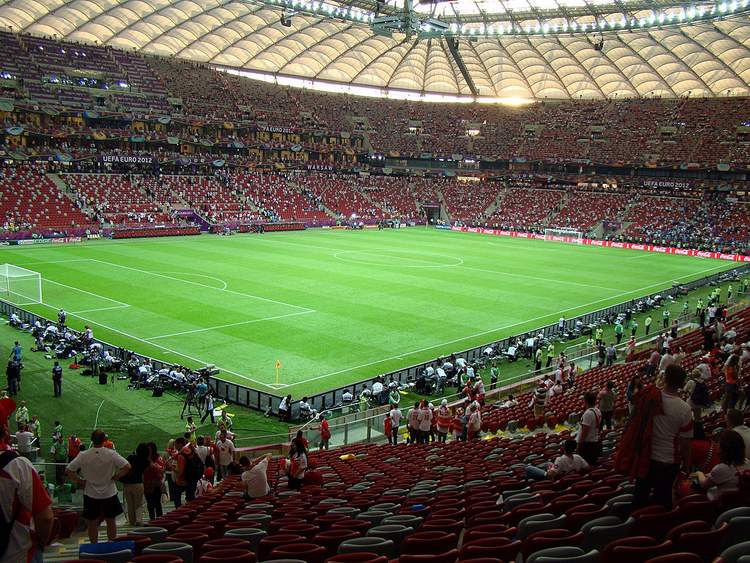
Poland’s population is around 38.5 million, which is more than the population of Canada. It shouldn’t come as a massive surprise, therefore, that stadiums in Poland are actually quite large and impressive. The national stadium can host just under 60,000 supporters, whilst a number of other grounds can welcome capacities of over 30,000.
Of course not all grounds in Poland are huge and intimidating. Aside from the stadiums belonging to lower league or amateur teams, there are also a number of grounds from teams that have at least made appearances in the top-flight that can only handle about 15,000 supporters. The majority of stadiums tend to use the ‘European Style’ of having a bowl of continuous seating surrounding the playing surface.
Polish Leagues
 The Polish league system has nine levels to it, with any number of divisions within the lower levels. The top-tier is known as Ekstraklasa and features sixteen clubs doing battle. There is a system of promotion and relegation in place with the second-tier, called I liga, which itself has teams promoted from and relegated to II liga. There is also a successful women’s league system that runs alongside the men’s, known as Ekstraliga Kobiet.
The Polish league system has nine levels to it, with any number of divisions within the lower levels. The top-tier is known as Ekstraklasa and features sixteen clubs doing battle. There is a system of promotion and relegation in place with the second-tier, called I liga, which itself has teams promoted from and relegated to II liga. There is also a successful women’s league system that runs alongside the men’s, known as Ekstraliga Kobiet.
The first version of the Ekstraklasa was formed in 1927 and called Liga Piłki Nożnej. Since its inception 80 clubs have plied their trade in the top division of Polish football, with sixteen of them going on to win the title. The season starts off normally, with each team playing the others in the league once at home and once away for a total of thirty games. The league is then split into the top eight and the bottom eight, points are halved and each team plays seven more games to see who will be crowned champions and who will be relegated.
Poland National Team
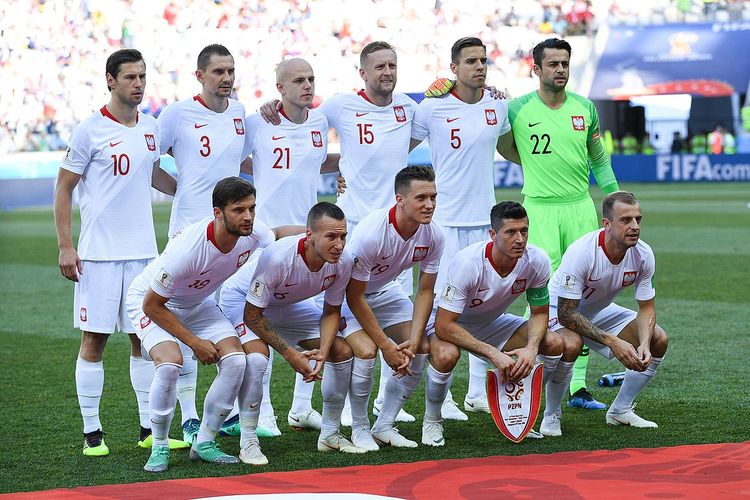
Controlled by the Polish Football Association, which is the governing body for football in Poland, the national side plays its games at the imaginatively named National Stadium in the country’s capital city, Warsaw. Poland’s main run of success came in the 1970s when they won gold at the 1972 Summer Olympics before qualifying for the 1974 World Cup by drawing with England. They then beat Brazil to earn third place in the whole tournament. They did the same thing in 1982 when they defeated France 3-2 in the third-place / fourth-place play-off match.
As mentioned in the opening section, Poland have enjoyed limited success in the UEFA European Championships. They qualified for the tournament for the first time in 2008 and finished bottom of their group. They were automatically entitled to enter the following tournament on account of the fact that they were joint hosts of Euro 2012 with Ukraine. Again, though, they finished bottom of their group. Their best crack at the Euros to date came in the 2016 tournament when they reached the quarter-finals. They lost to eventual winners Portugal on a penalty shoot-out, despite taking a second minute lead in the match through Robert Lewandowski.
Key Stats
| Poland National Team Statistics | |
|---|---|
| Year Formed | 1919 |
| Home Stadium | National Stadium, Warsaw |
| Stadium Capacity | 58,145 |
| Major Honours | None |
| Current Manager | Jerzy Brzęczek |
| Top Scorer | Robert Lewandowski (63) |
| Most Caps | Robert Lewandowski (114) |
| Best Performance at World Cup | Third (1974, 1982) |
| Best Performance at European Championships | Quarter-Finals (2012) |
| Kit Colours | White and Red (Home), Red and White (Away) |
History Of Football In Poland
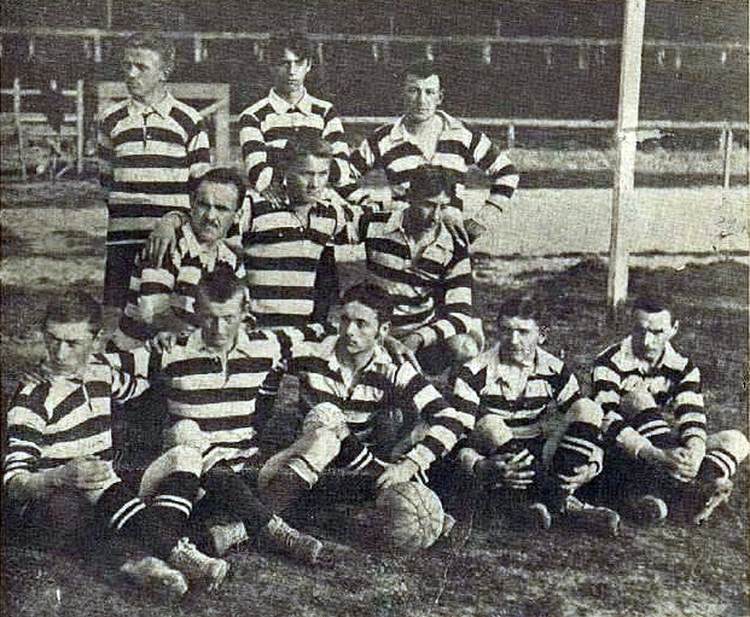
The first recorded football match to take place in Poland was on the fourteenth of July 1894. The Sokół members of Lwów and some from Kraków went up against each other in a game that lasted just six minutes until Włodzimierz Chomicki scored the only goal of the game for the team from Lwów. At the time the watching public saw it as little more than a curiosity and the likelihood of it developing into the popular sport that it is today seemed unlikely.
It took another nine years for the game to develop from being a curiosity into being something of a phenomenon. The first Polish clubs were formed in 1903 when Lechia Lwów and Czarni Lwów came into existence. Pogoń Lwów followed in 1904 before KS Cracovia and Wisła Kraków opened in 1906. The Polish Football Union formed in 1919 and joined FIFA four years later. They didn’t join UEFA until 1955, though the fact that it wasn’t formed as an organisation until 1954 might have a little something to do with that.
